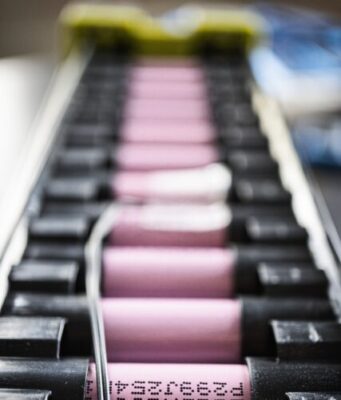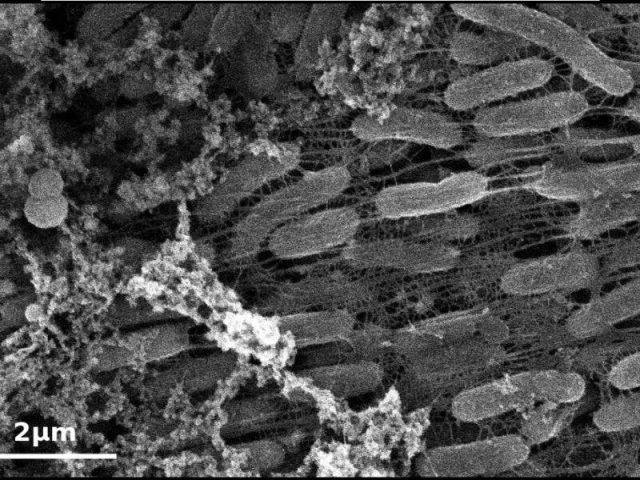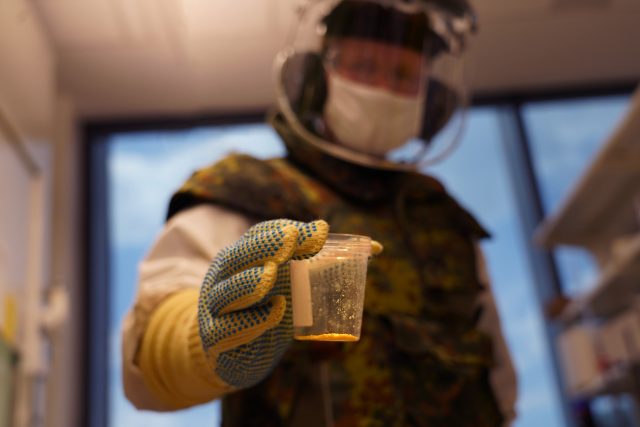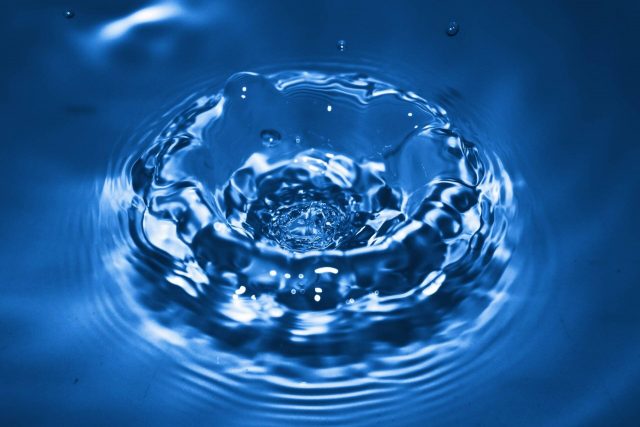Millimeter by millimeter, your hair is building a record of your diet. As hair strands are built from amino acids that come from your food, they preserve the chemical traces of the protein in that food. It's a strong...
When the Shewanella oneidensis bacterium "breathes" in certain metal and sulfur compounds anaerobically, the way an aerobic organism would process oxygen, it produces materials that could be used to enhance electronics, electrochemical energy storage, and drug-delivery devices.
The ability of...
Light can sometimes play tricks on our eyes. If you look at a shiny surface, what you see will largely depend on the surrounding environment and lighting conditions.
Berkeley researchers have now taken ocular distortion a step further, finding a...
An optical fiber made of agar has been produced at the University of Campinas (UNICAMP) in the state of São Paulo, Brazil. This device is edible, biocompatible and biodegradable. It can be used in vivo for body structure imaging,...
Converting carbon dioxide to methanol, a potentially renewable alternative fuel, offers an opportunity to simultaneously form an alternative fuel and cut down on carbon dioxide emissions.
Inspired by naturally occurring processes, a team of Boston College chemists used a multi-catalyst...
As we welcome wireless technology into more areas of life, the additional electronic bustle is making for an electromagnetically noisy neighborhood. In hopes of limiting the extra traffic, researchers at Drexel University have been testing two-dimensional materials known for...
Scientists of Tomsk Polytechnic University jointly with teams from the University of Chemistry and Technology, Prague and Jan Evangelista Purkyne University in Ústí nad Labem have developed a new 2-D material to produce hydrogen, which is the basis of...
For the first time, a single, twisted nanoparticle has been accurately measured and characterised in a lab, taking scientists one vital step closer to a time when medicines will be produced and blended on a microscopic scale.
Physicists at the...
ts for an explosive. These ingredients include carbon, hydrogen, nitrogen and oxygen.
"Toxicity-wise, silver is an improvement over lead, but it's still a little toxic. So we also made a nonmetal material that does not have heavy metal toxicity associated...
Water, so ordinary and so essential to life, acts in ways that are quite puzzling to scientists. For example, why is ice less dense than water, floating rather than sinking the way other liquids do when they freeze?
Now a...
Caltech microbiologists have discovered bacteria that feed on manganese and use the metal as their source of calories. Such microbes were predicted to exist over a century ago, but none had been found or described until now.
"These are the...


















